Architecture
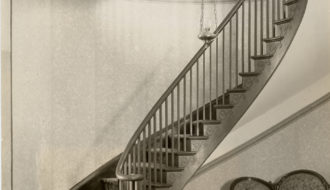
Live Oaks Plantation
The plantation chapel at Live Oaks, built for the enslaved workers in 1840, is the last to survive in Louisiana.

The plantation chapel at Live Oaks, built for the enslaved workers in 1840, is the last to survive in Louisiana.
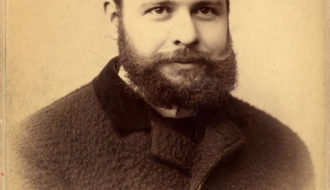
Renowned Chicago architect Louis Henry Sullivan designed only one building in Louisiana, Union Station in New Orleans.
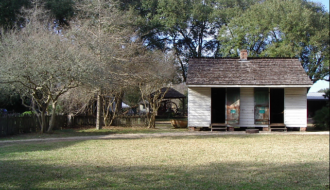
The LSU Rural Life Museum is an outdoor complex of southern rural vernacular buildings located in Baton Rouge.
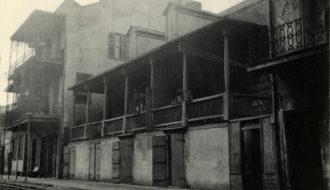
Madame John's Legacy derives its national landmark status not only from its architectural significance but also from its real and fictional associations with the French Quarter's French and Spanish colonial society.
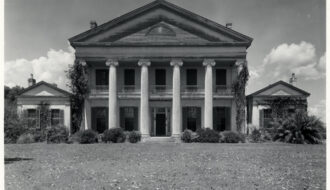
Greek Revival Madewood Plantation was one of Henry Howard's first commissions and helped launch his successful architectural practice.

Madisonville became an important Louisiana shipbuilding center, boasting four shipyards by the late nineteenth century.

The antebellum Magnolia Mound plantation in Baton Rouge, Louisiana was constructed in the 1790s.
Pat and Jack Holden moved Maison Chenal Plantation eleven miles to its current location before meticulously restoring it as their residence.

Tombs at Metairie Cemetery are more spaciously laid out than in other New Orleans cemeteries and constitute some of the most spectacular and grandiose funerary architecture in the United States.
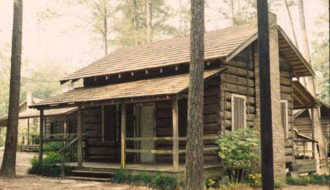
Structures typical of Washington Parish's early rural homesteads were added to the parish's fairgrounds in 1976.

A native of New Orleans, Moise Goldstein practiced architecture in the city for nearly half a century and helped create the School of Architecture at Tulane University.

The Morganza Spillway in Louisiana is a component of the flood control system for the lower Mississippi Rivier.
One-Year Subscription (4 issues) : $25.00
Two-Year Subscription (8 issues) : $40.00
